Key Takeaways
- Lyme disease is caused by Borrelia burgdorferi and spread by infected black-legged ticks.
- Common symptoms include bull’s-eye rash, fever, fatigue, and muscle aches.
- Ticks must be attached for 24–48 hours to transmit Lyme disease.
- Remove ticks with fine-tipped tweezers, pull steadily, and disinfect the area.
- Prevent Lyme disease by wearing protective clothing, using EPA-approved repellents, and checking for ticks after being outdoors.
- Not all tick bites cause Lyme, but prompt removal and vigilance reduce risks.
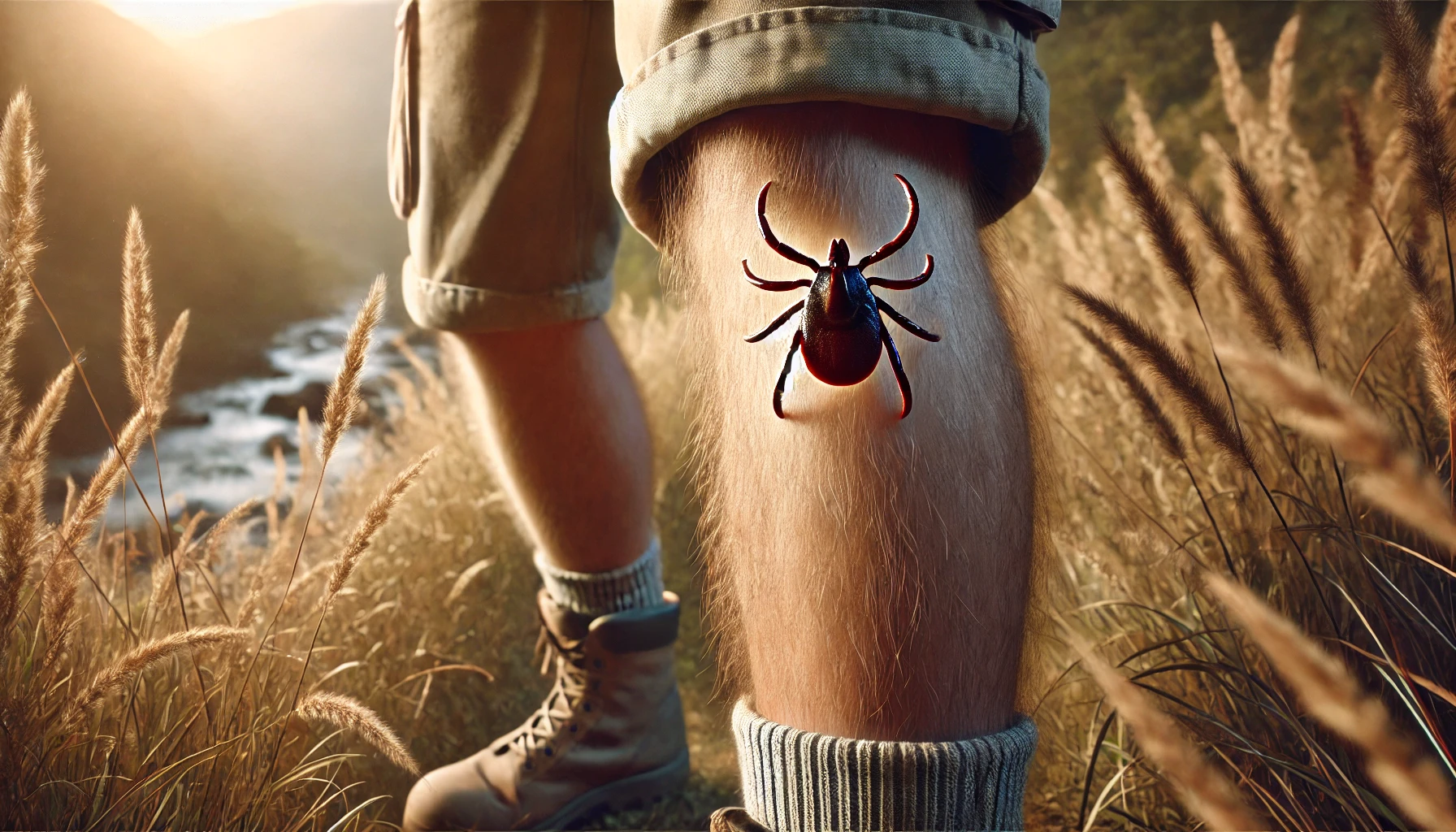 Ticks are common, especially in areas with dense vegetation and wildlife. Generally, tick bites are harmless, some can cause extreme health conditions such as Lyme disease. Being aware of the connection between tick bites and Lyme disease is crucial for early detection and prevention. Whether you spend time hiking, camping, or just walking in grassy areas, knowing how to protect yourself and what to do if bitten can help minimize risks.
In this article, we’ll discuss how tick bites cause lyme diseases and what you should do in case you get infected.
If you’ve noticed ticks around your property or frequently venture into tick-prone areas, don’t leave your safety to chance. Schedule a free pest inspection with our experts to keep your home and family protected from ticks and related diseases.
Ticks are common, especially in areas with dense vegetation and wildlife. Generally, tick bites are harmless, some can cause extreme health conditions such as Lyme disease. Being aware of the connection between tick bites and Lyme disease is crucial for early detection and prevention. Whether you spend time hiking, camping, or just walking in grassy areas, knowing how to protect yourself and what to do if bitten can help minimize risks.
In this article, we’ll discuss how tick bites cause lyme diseases and what you should do in case you get infected.
If you’ve noticed ticks around your property or frequently venture into tick-prone areas, don’t leave your safety to chance. Schedule a free pest inspection with our experts to keep your home and family protected from ticks and related diseases.
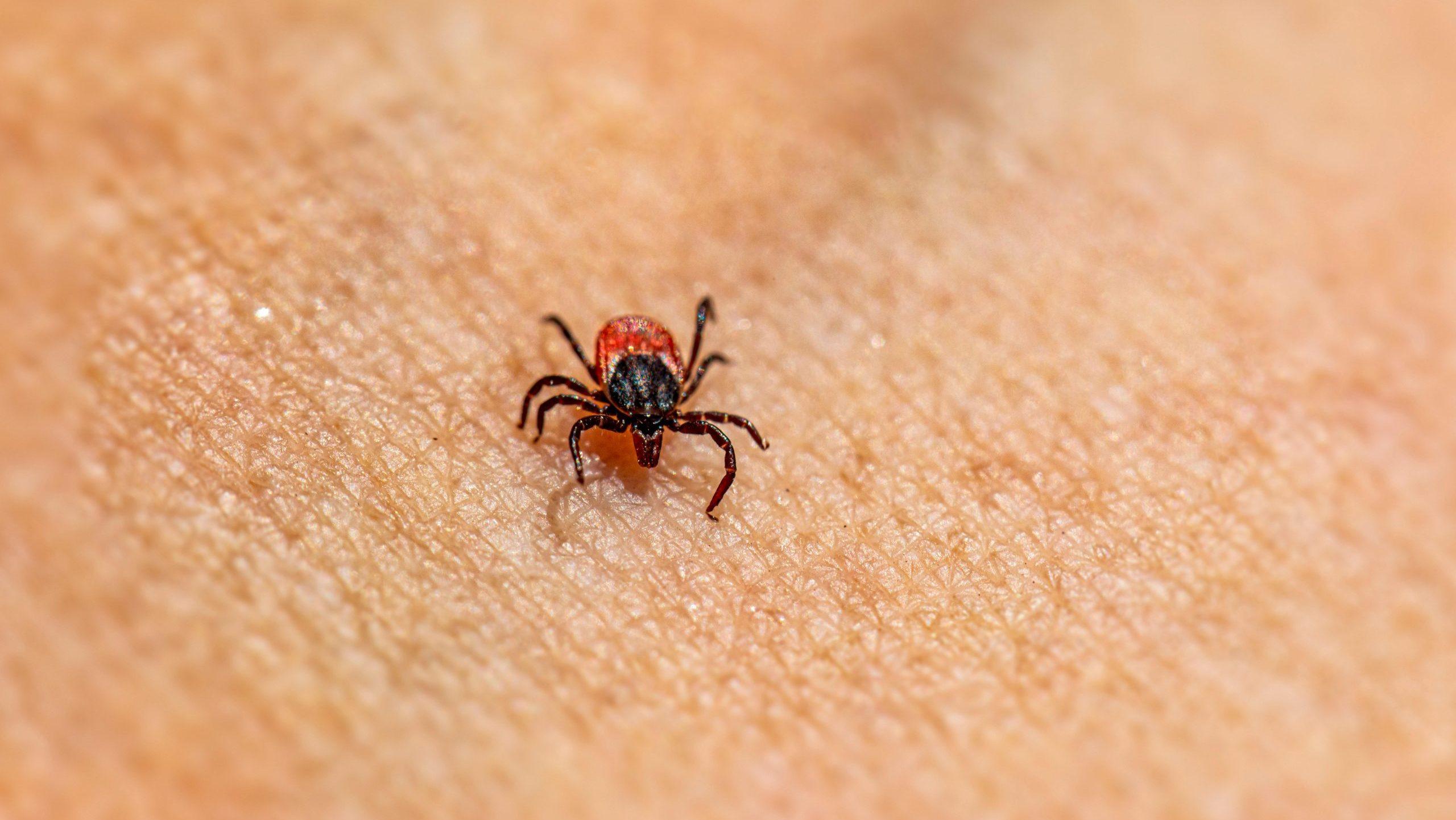

Not getting a solution?
Get your free pest control estimate today!What Are Ticks?
Ticks are small, blood-feeding arachnids related to spiders and mites. Unlike insects, ticks have eight legs and a flat, oval body that swells when feeding. They latch onto hosts—such as humans, pets, or wildlife—to feed on blood, and in the process, can transmit serious diseases, including Lyme disease.Physical Characteristics of Ticks
-
Size: Ticks range from the size of a sesame seed (nymph) to a pea (adult), depending on their life stage.
-
Shape: They have a flat, oval-shaped body that becomes round and engorged after feeding.
-
Color: Ticks are usually reddish-brown, black, or dark brown, varying by species.
-
Legs: Ticks have eight legs, setting them apart from insects which only have six.
Common Types of Ticks
-
Deer Tick (Blacklegged Tick): Primary vector of Lyme disease; commonly found in wooded or grassy areas.
-
Dog Tick: Frequently encountered in grassy, bushy spots; known for spreading Rocky Mountain spotted fever.
-
Lone Star Tick: Easily identified by a white spot on its back; associated with meat allergies and STARI (Southern Tick-Associated Rash Illness).

What is Lyme Disease?
Lyme disease, an infection caused by Borrelia burgdorferi bacteria, spreads via the bite of infected black-legged ticks, also known as deer ticks. The disease progresses in different stages.Stages of Lyme Disease
-
Early Localized Stage: Flu-like symptoms, fatigue, muscle aches, fever, and swollen lymph nodes. A telltale symptom is the erythema migrans rash, which resembles a bull’s-eye pattern and appears 3 to 30 days after the bite.
-
Early Disseminated Stage: If untreated, the infection spreads to other parts of the body, leading to heart palpitations, dizziness, facial paralysis, and nerve pain.
-
Late-Stage Lyme Disease: In chronic cases, symptoms may include arthritis, memory problems, and neurological complications.
Chronic Lyme Disease: Myth or Reality?
Chronic Lyme disease refers to ongoing symptoms following Lyme disease treatment. Medical professionals are divided—some argue persistent symptoms represent post-treatment Lyme disease syndrome (PTLDS), while others believe chronic Lyme disease may result from continued infection or immune system dysfunction. Ongoing research aims to clarify this debate, but early diagnosis and treatment remain crucial.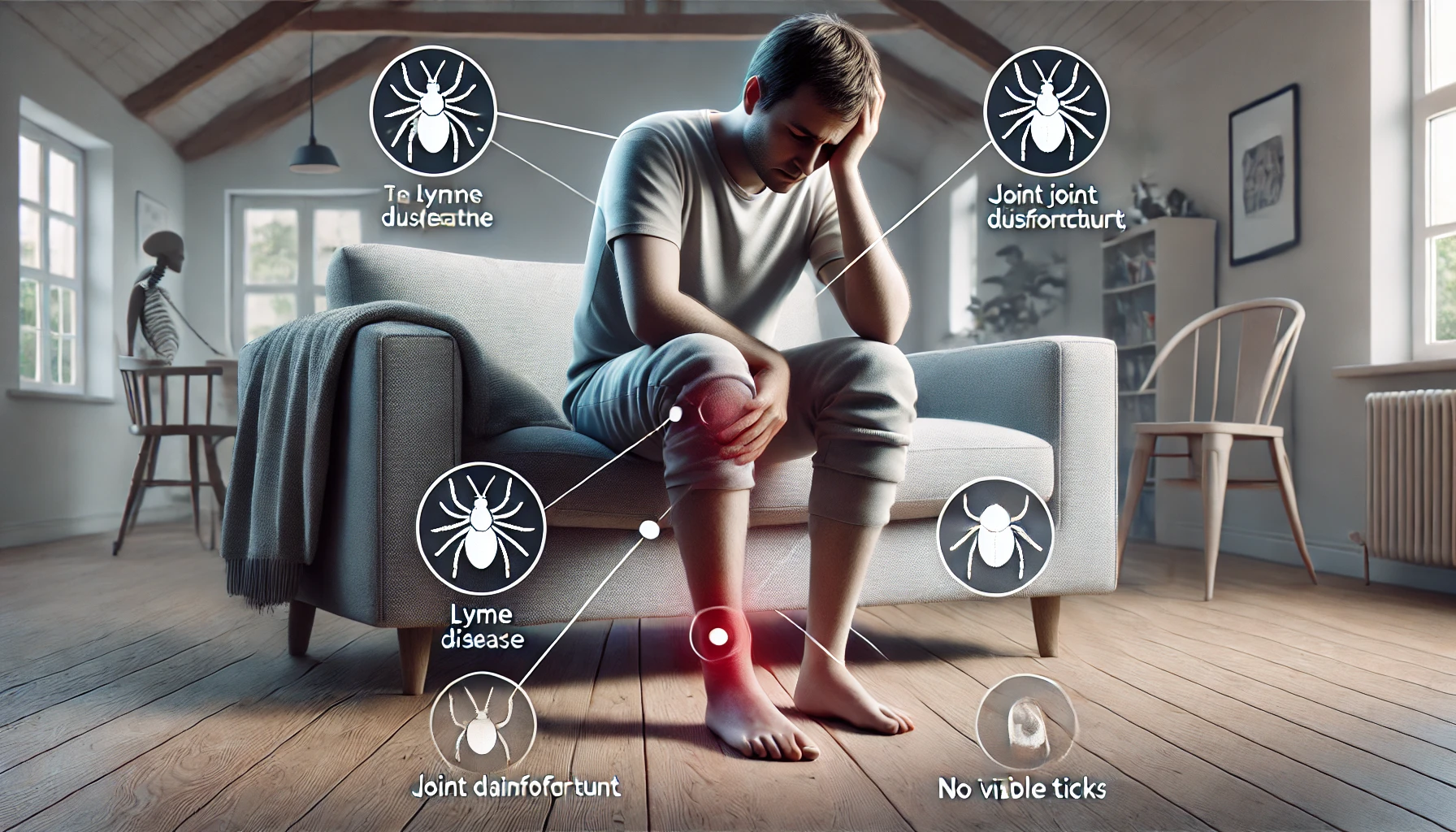
Warning Signs of Lyme Disease
- Expanding “bull’s-eye” rash at bite site.
- Fever and chills.
- Severe fatigue and headaches.
- Joint aches and muscle pain.
- Swollen lymph nodes
How Tick Bites Transmit Lyme Disease?
Ticks rely on blood meals for survival, and an infected tick can pass Borrelia burgdorferto its host during feeding. However, the bacteria usually take 24 to 48 hours to transfer, which is why prompt tick removal reduces the risk of infection.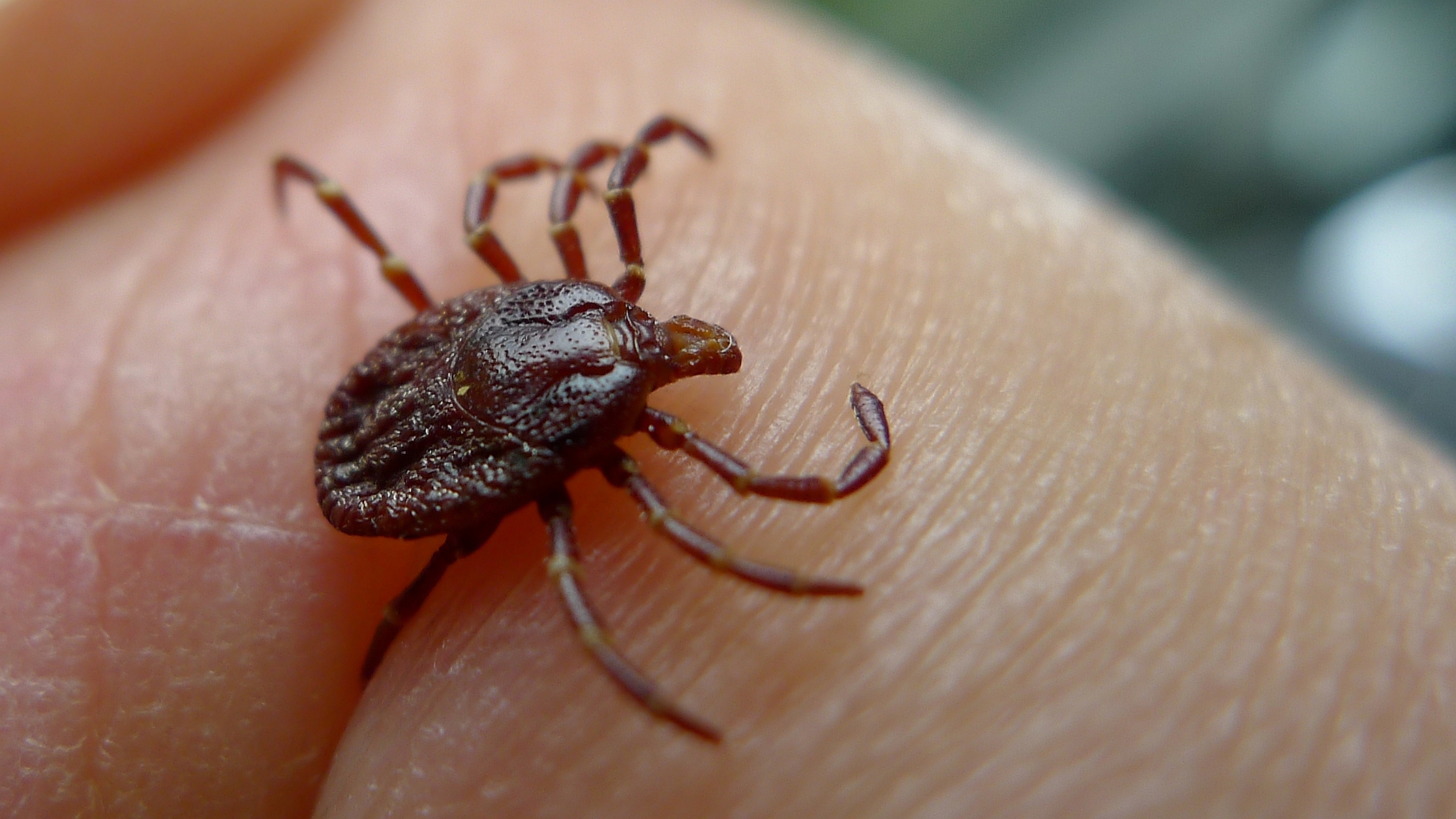 Ticks transmit Lyme disease by attaching to a host and feeding on their blood. They detect body heat and carbon dioxide to locate suitable hosts, often latching onto thin-skinned areas like the scalp, neck, and behind the knees. The risk of transmission increases the longer a tick remains attached, with bacteria transfer typically occurring after 24 hours. If the tick carries Borrelia burgdorferi, the bacteria can enter the bloodstream, potentially leading to infection.
Ticks transmit Lyme disease by attaching to a host and feeding on their blood. They detect body heat and carbon dioxide to locate suitable hosts, often latching onto thin-skinned areas like the scalp, neck, and behind the knees. The risk of transmission increases the longer a tick remains attached, with bacteria transfer typically occurring after 24 hours. If the tick carries Borrelia burgdorferi, the bacteria can enter the bloodstream, potentially leading to infection.
What Do Tick Bites Look Like?
Tick bites are often painless, making them difficult to notice until symptoms appear. Since ticks remain attached for an extended period while feeding, early identification of a bite can help reduce the risk of disease transmission, such as Lyme disease. Monitoring the bite area for changes can be crucial in determining if medical attention is needed.Common Signs of a Tick Bite
-
Red Bump: Small red bump at the bite site.
-
Bull’s-Eye Rash: A rash that expands outward from the bite area.
-
Flu-Like Symptoms: Fever, chills, headache, and muscle aches.
-
Joint Pain: Pain or swelling, particularly in the knees.
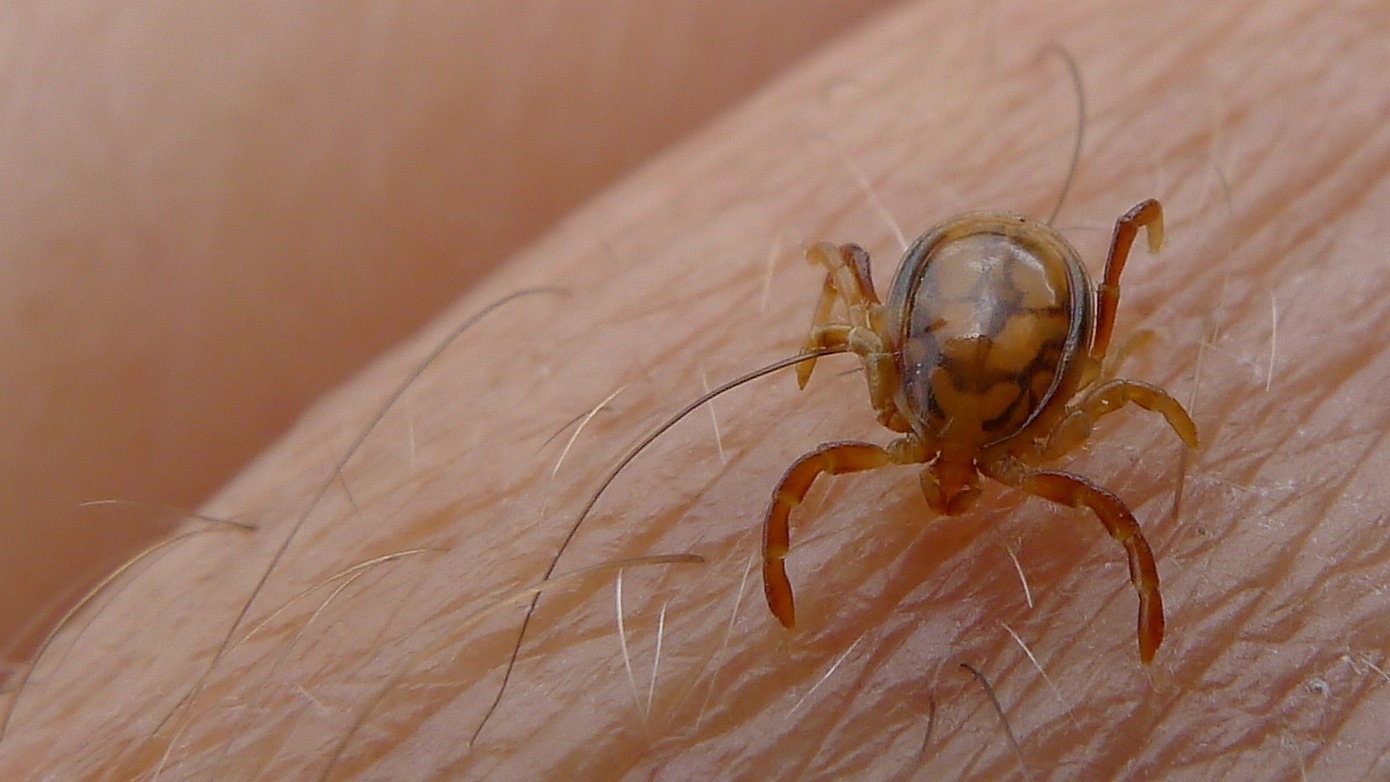
What to Do If You Are Bitten by a Tick?
A tick bite doesn’t always mean you’ll get Lyme disease, but monitoring your symptoms is essential.- If the tick was attached for less than 24 hours, Lyme disease’s risk is low, but still observe for symptoms.
- If you experience flu-like symptoms or notice a bull’s-eye rash, seek medical attention immediately.
- If unsure about the tick’s duration of attachment, consult a doctor for possible preventive antibiotics.
Importance of Early Diagnosis and Treatment
Early detection and prompt antibiotic treatment significantly reduce the likelihood of severe complications. Delayed treatment increases the risk of chronic symptoms, neurological issues, and long-term disability.Diagnosing Lyme Disease
Medical Tests for Lyme Disease
-
ELISA (Enzyme-Linked Immunosorbent Assay): A preliminary blood test used to detect antibodies produced in response to Lyme bacteria.
-
Western Blot: A confirmatory test following a positive ELISA result, used to identify specific antibodies to Lyme disease.
Challenges in Diagnosing Lyme Disease
- False negatives in early stages due to insufficient antibody levels.
- Symptoms overlap with other illnesses, complicating diagnosis.
- Variability in test sensitivity and accuracy.
Treatment Options for Lyme Disease
Antibiotic Treatment for Early Lyme Disease Early Lyme disease typically responds well to oral antibiotics such as doxycycline, amoxicillin, or cefuroxime. Treatment usually lasts between 10 to 21 days. Treating Advanced Lyme Disease Late-stage Lyme disease, especially involving neurological or cardiac complications, may require intravenous antibiotics like ceftriaxone or extended oral antibiotic therapy.
Complications and Risks of Untreated Lyme Disease
Neurological Complications Untreated Lyme can cause facial palsy, meningitis, impaired memory, numbness, and cognitive difficulties. Joint and Muscle Pain Persistent joint swelling, arthritis, and chronic muscle pain can severely impact daily life. Heart-Related Issues Lyme disease can cause inflammation of the heart (carditis), leading to irregular heartbeat, dizziness, and shortness of breath, which may require hospitalization.Lyme Disease in Pets
Pets, especially dogs, are vulnerable to Lyme disease through tick bites. Early detection and intervention are critical for preventing severe complications. Symptoms in Dogs and Cats- Limping or joint pain.
- Fever and lethargy.
- Loss of appetite.
- Swollen joints and lymph nodes.
- Rarely seen in cats but can occur with similar symptoms.
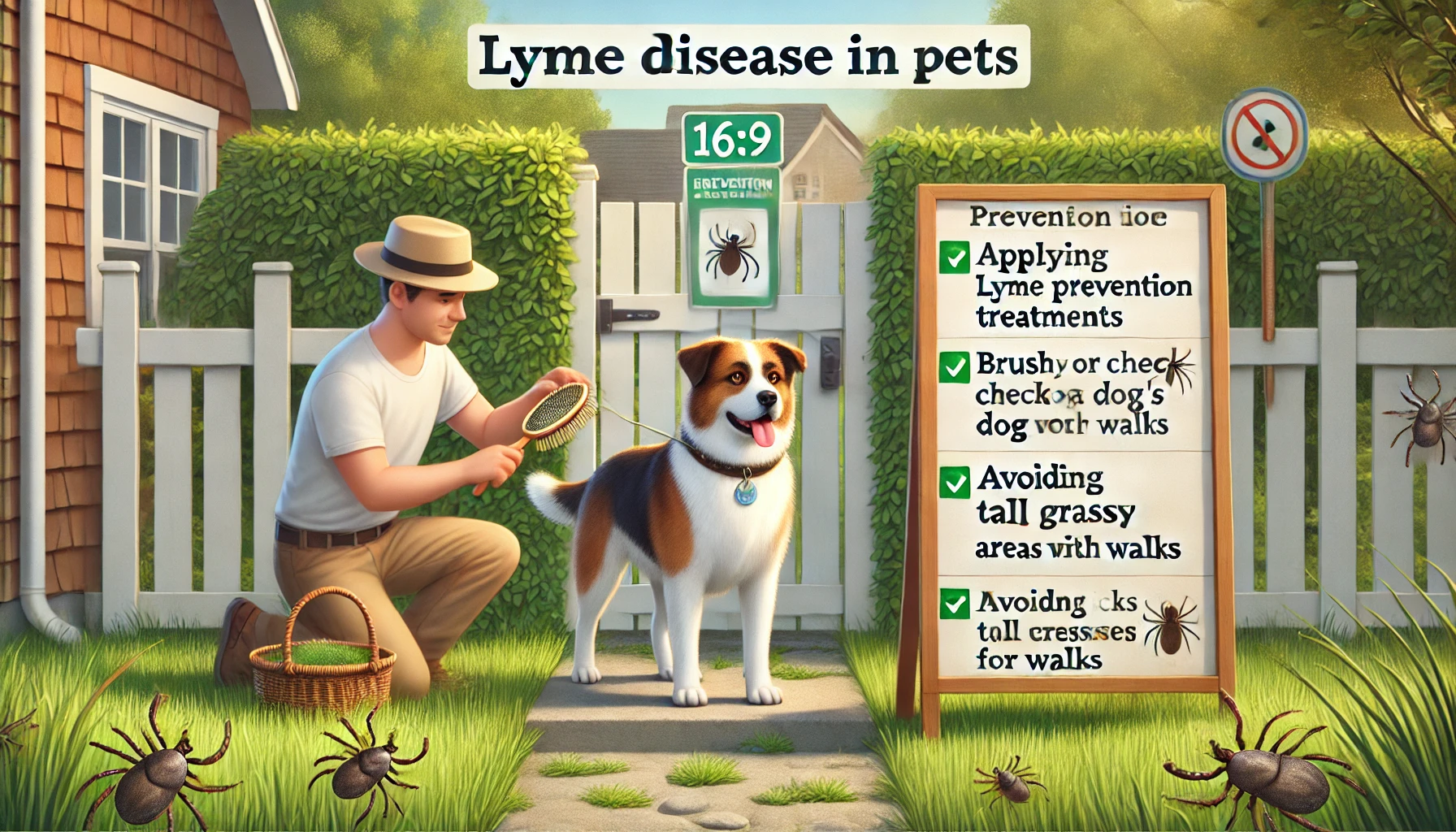
Prevention and Treatment in Pets
- Regular use of veterinarian-approved tick preventatives.
- Prompt tick removal and regular inspections after outdoor activities.
- Vaccinations for dogs in high-risk areas.
- Veterinary treatment typically involves antibiotics such as doxycycline, administered for several weeks.
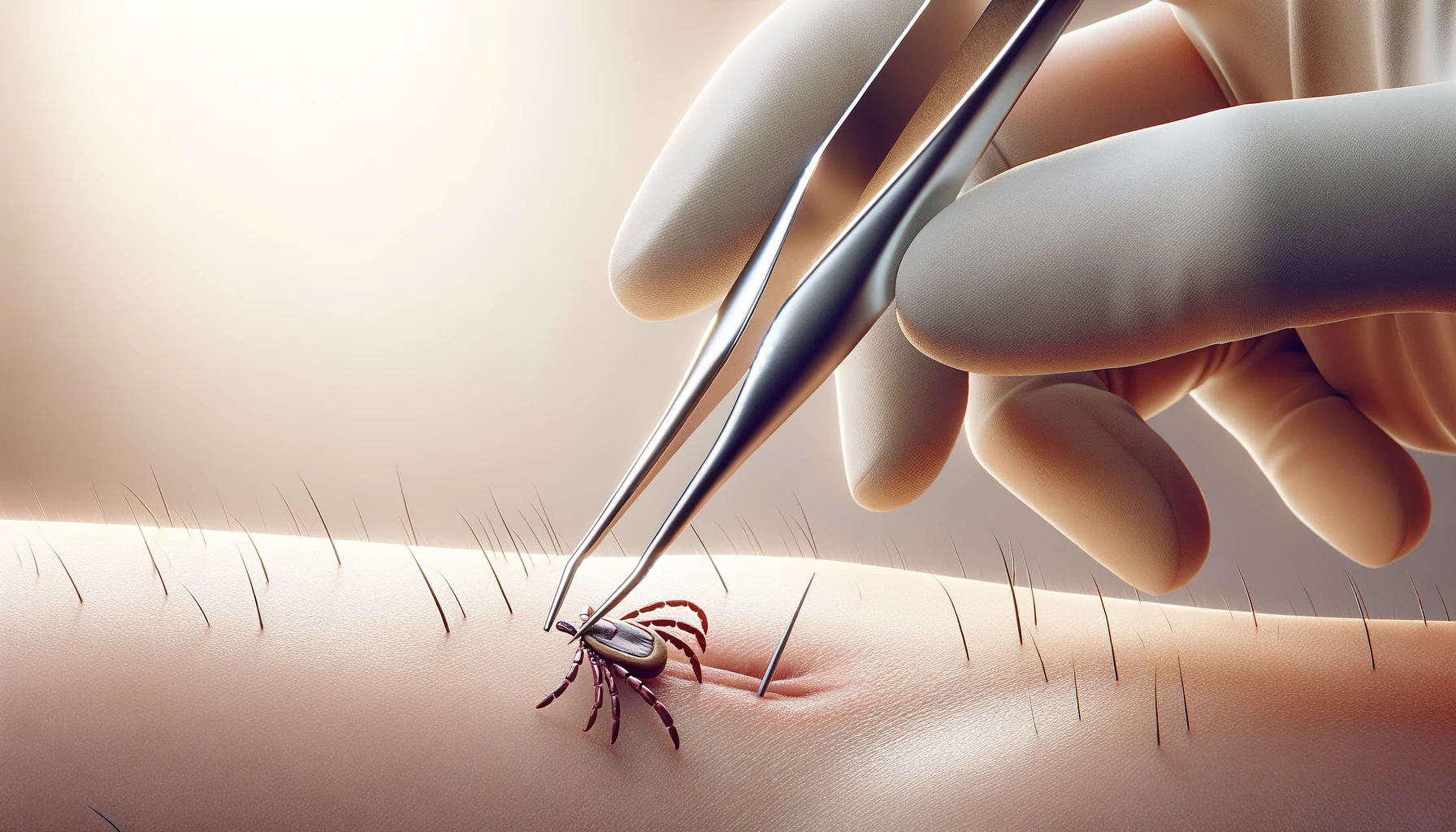
How to Remove a Tick Properly?
If you find a tick on your skin, removing it as soon as possible is essential. Quick and proper removal reduces the risk of Lyme disease and other tick-borne infections.Proper Tick Removal Steps
-
Use Fine-Tipped Tweezers: Grasp the tick as close to the skin as possible to ensure complete removal.
-
Pull Out Slowly and Steadily: Avoid twisting or crushing the tick; pull it straight out to prevent leaving mouthparts behind.
-
Wash the Area: Clean the bite site with soap and water, then disinfect with alcohol or antiseptic.
-
Keep the Tick for Identification: Place the tick in an airtight container so it doesn’t escape in case a healthcare provider needs to examine it for disease risk assessment.
Common Mistakes in Tick Removal
-
Using Bare Fingers: Always use fine-tipped tweezers or tick-removal tools instead of fingers to avoid crushing the tick or exposing yourself to pathogens.
-
Twisting or Jerking: Pull the tick out slowly and steadily without twisting to prevent the mouthparts from breaking off and remaining in the skin.
-
Applying Heat or Substances: Avoid using heat, petroleum jelly, nail polish, or alcohol—these can irritate the tick and increase the risk of disease transmission.
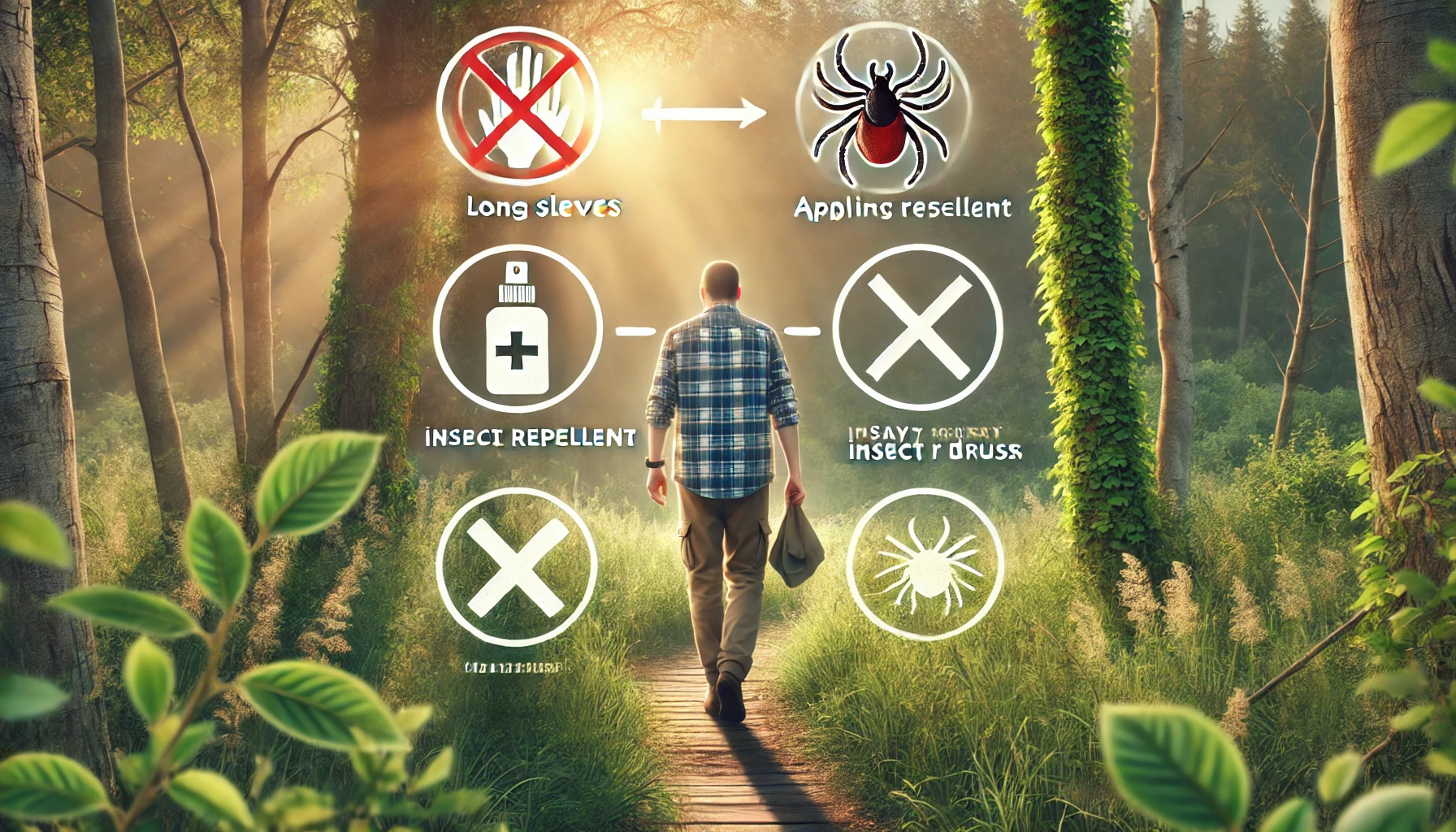
Preventing Tick Bites and Lyme Disease
Ticks thrive in grassy, wooded, and damp environments, making outdoor activities a common risk factor for tick bites. Since Lyme disease and other tick-borne illnesses are primarily transmitted through prolonged tick attachment, taking preventive measures is crucial in reducing exposure and the likelihood of infection. Proper clothing, repellents, and regular tick checks can significantly lower the risk.Tips for Preventing Tick Bites
-
Wear Protective Clothing: Wear long sleeves, long pants, and tuck pants into socks to limit skin exposure.
-
Use Tick Repellents: Apply EPA-approved repellents containing DEET on exposed skin and use permethrin-treated clothing for additional protection.
-
Avoid Tick Habitats: Stay on cleared trails and avoid tall grass, brush, and leaf litter where ticks are commonly found.
-
Inspect Your Body: Check behind the ears, scalp, armpits, waist, and behind the knees for ticks.
-
Check Pets Thoroughly: Ticks can latch onto their fur and be carried into the home.
-
Shower Promptly: Shower within two hours of outdoor exposure to wash off any unattached ticks and reduce the risk of infection.

Myths and Facts About Tick Bites and Lyme Disease
There are many misconceptions about tick bites and Lyme disease, leading to confusion about the risks and proper prevention methods. While ticks are common in outdoor environments, not all of them carry Lyme disease, and certain factors influence the likelihood of transmission. Here are some common myths and the truth behind them.| Myth | Fact |
|---|---|
| All tick bites cause Lyme disease. | Only certain ticks carry the bacteria that cause Lyme disease. |
| A tick bite immediately causes Lyme disease. | Lyme disease risk increases if a tick is attached for more than 24-48 hours. |
| A tick must be fully embedded to transmit Lyme disease. | Even partially embedded ticks can transmit Lyme disease if they carry the bacteria. |
| Ticks are only active in summer. | Ticks can be active year-round, especially in milder climates. |
| If you remove a tick quickly, you won’t get Lyme disease. | While quick removal reduces the risk, proper tick removal and monitoring are essential. |
When to Seek Medical Attention
Always seek medical attention if:- You cannot completely remove the tick.
- A rash or flu-like symptoms develop after a tick bite.
- You suspect the tick has been attached for more than 24 hours.
- You’re in a Lyme disease-endemic area and experience symptoms such as fever, headache, or fatigue after a tick bite.





